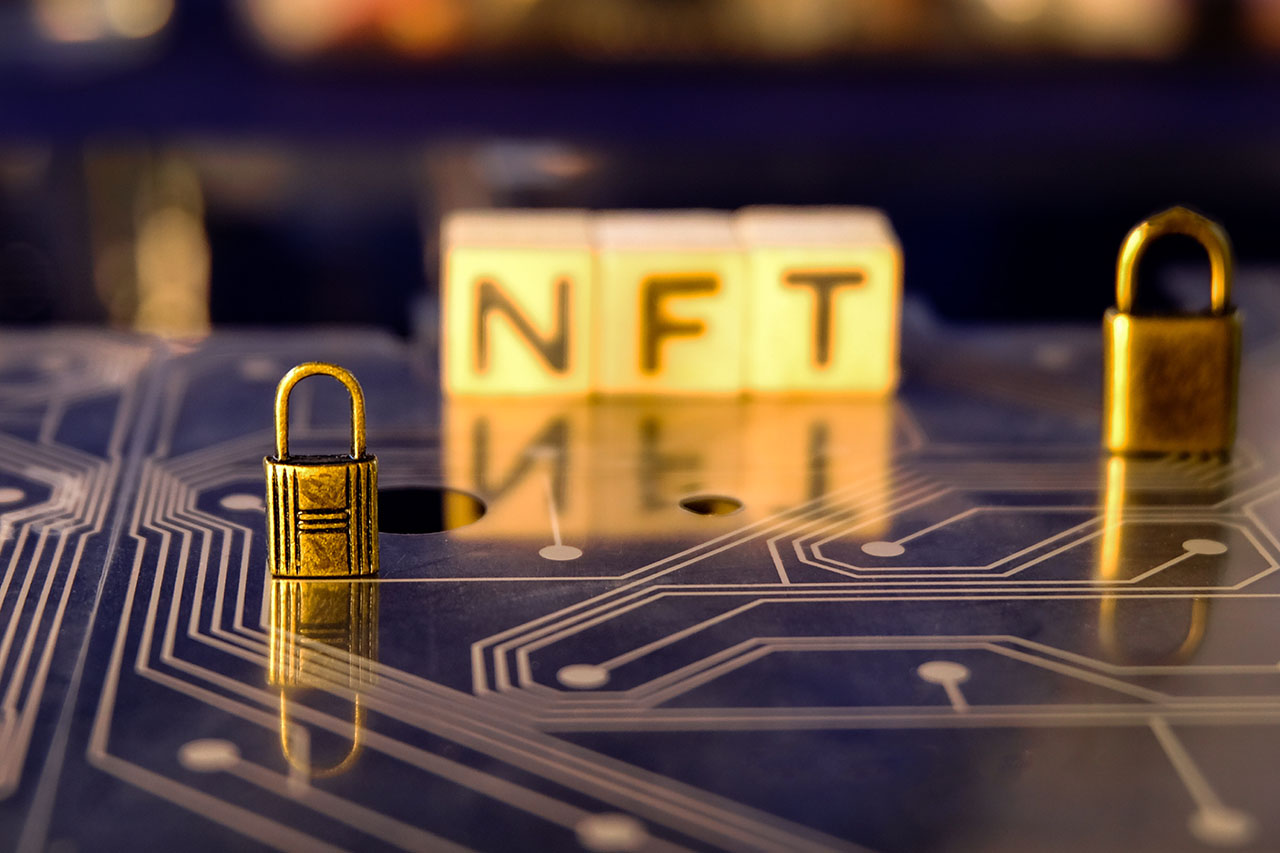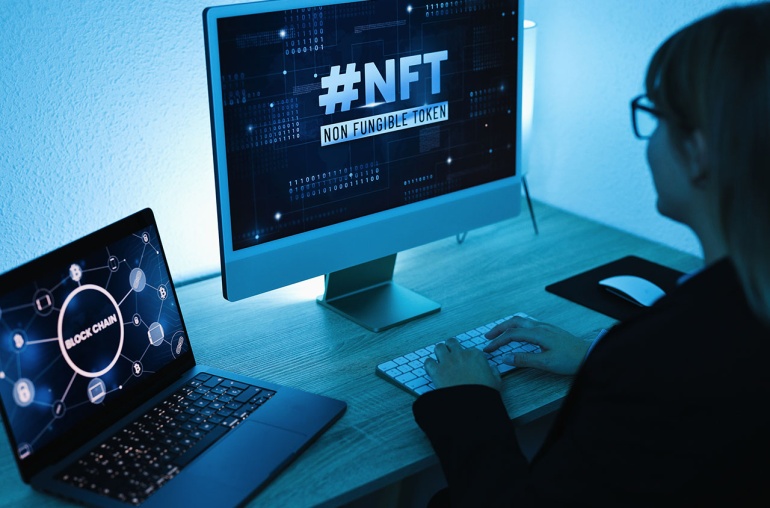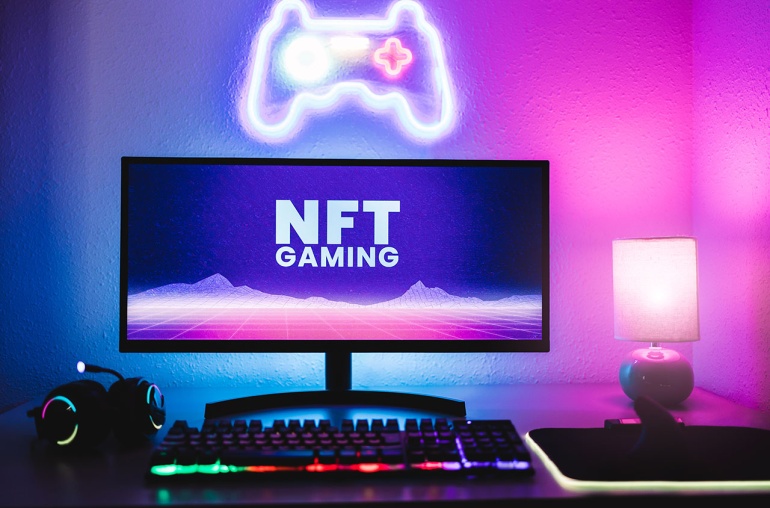Non-fungible tokens (NFTs) are the newest addition to a universe where everything is increasingly digital, from ordering food to managing accounts. They are tokens that you cannot trade. It is not possible to duplicate something that is non-fungible. This means it has distinct features that cannot be substituted with anything else. With nearly $1.25 billion in NFT sales in 2021, it’s safe to say that this investment strategy has immense potential.
It’s also apparent that, while there’s a lot of money to be made within the NFT marketplace, it’s not always clear what makes one NFT profitable and others just digital inventories. In this article, we’ll discuss why some NFTs are more valuable than others.
How do NFTs work?
An NFT is a one-of-a-kind digital signature that can be attached to a piece of property. A distinctive digital signature is very much similar to a fingerprint – it comprises information like who developed the asset, when it was created, and any restrictions on its eventual sale, whether it is an image, a song, or other works of art.
These signatures are attached to a blockchain, a significant public database that monitors and verifies all of its assets’ movements. If someone chooses to sell any one of these assets, every one of the participating nodes check and accept that the asset has been traded and the digital signature has now been transferred to another party.
This is why in 2008, Bitcoin created such a stir with its introduction. This was the first time you couldn’t just copy/paste stuff on the internet. There would be two digital signatures if you decided to replicate or paste a digital item onto the blockchain. The second database would be rejected by all computers reviewing and validating the changing database since its origins could not be verified.
The way blockchains function is based on verifying and consenting to the past possession of a digital asset., Bitcoin is connected with digital money, while NFTs are linked to things.
Why Are Some NFTs More Valuable than Others?
When commodities are scarce, their worth increases. Some individuals consider NFTs valuable since they cannot be copied or replicated. For example, let’s take the example of investing in a Picasso painting. His art can be reproduced in many ways; however, there is only one unique piece. This is what distinguishes the original painting as priceless and unique.
However, the truth is that people are printing millions upon millions of NFTs, which are flooding markets and causing a speculative purchasing frenzy. Many people speak about what they’re planning to buy on websites and chat rooms, hoping to drive up the price and then resell when they feel they’ve got enough money. This demonstrates that the NFT market is still in its infancy. It is risky and influenced by emotion and momentum instead of market pricing.
Utility, underlying value, ownership history, buyer image, liquidity premium, and future worth are some of the elements that make NFTs such desirable investments. Let’s look at each of these factors to understand why some NFTs are valuable, and others aren’t.
Utility
Within the realm of NFTs, one of the most highly debated concerns is utility. An NFT’s value is mainly determined by its utility. Many NFTs are yield-bearing, implying that they have a worth well beyond resale. Possessing an asset that gives returns will undoubtedly raise the demand for that item. Gamifying the results increases the asset’s value by incorporating user engagement and attention.
Ownership History
The value and worth of NFTs are decided through the identity of the main issuer or past owners. Renowned artists, corporations, or celebrities frequently develop NFTs that have a high ownership historical value. Digital artist Beeple, who’s had three of the top ten NFT transactions in the world, and Sir Tim Berners-Lee, who auctioned an NFT of the World Wide Web software recently for $5 million, are two examples of this.
When merely evaluating ownership histories, determining value might be challenging. Except if the artist or personality is expected to become even more popular in the upcoming years, you may wonder whether your asset will see a significant increase in value or not.
An NFT’s value rises if it has been possessed by important individuals or celebrities. For instance, an NFT of a collectible card that any successful player used to win a significant competition will have sentimental worth over a card with no history whatsoever.
Liquidity
An NFT which has high liquidity automatically presumes more value. In fact, the liquidity premium is one of the major reasons why tokens created on the Ethereum blockchain have a greater value than the tokens created off-chain. Anybody with ETH can exchange ERC compliant NFTs between secondary markets.
However, liquidity issues may also create issues for you when you’re looking to sell your NFT. In simple terms, if no one is willing to buy your asset, you won’t be able to sell it. Therefore, people prefer to invest in NFT assets with a large trading volume since liquidity reduces the risk of keeping NFTs that you no longer require.
Rarity
NFTs have an innate rarity because they are one-of-a-kind by nature. However, some are more distinct than others. Let’s imagine there are 10,000 unique characters in a collection, like Crypto Punks. Some will have unique attributes, traits, or characteristics that set them apart from others in the very same pool. These rarities are what cause significant price hikes and consequent increases in values.
Final Verdict
Non-fungible tokens demonstrate a new way for users to create unique items on the internet. There are thousands of NFTs within the marketplace. One strategy for choosing your upcoming NFT is to look for ones with excellent provenance, although this isn’t always the best option.
By comparing your future purchase to one or more of these principles mentioned above, you’ll have a better idea of which NFTs are valuable and which aren’t.



